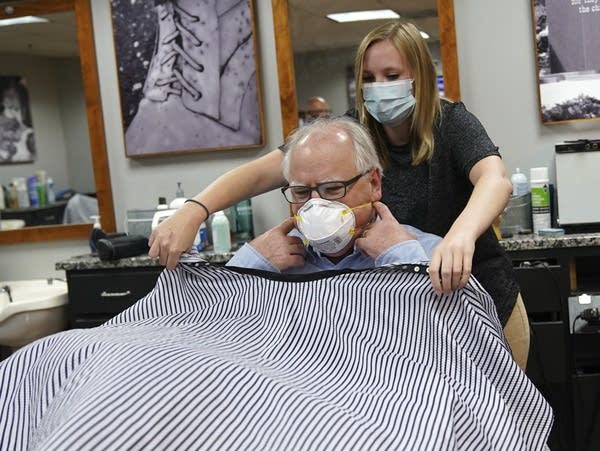June 5 update on COVID-19 in MN: Walz eases more life, business curbs

Gov. Tim Walz gets his haircut by Erin Diede as he stopped in the morning at Capitol Barbers in the Minnesota State Office Building on Friday in St. Paul. Walz went for a haircut and then toured some of the sites where vandalism occurred during the George Floyd protests.
Anthony Souffle | Star Tribune via AP
Go Deeper.
Create an account or log in to save stories.
Like this?
Thanks for liking this story! We have added it to a list of your favorite stories.


